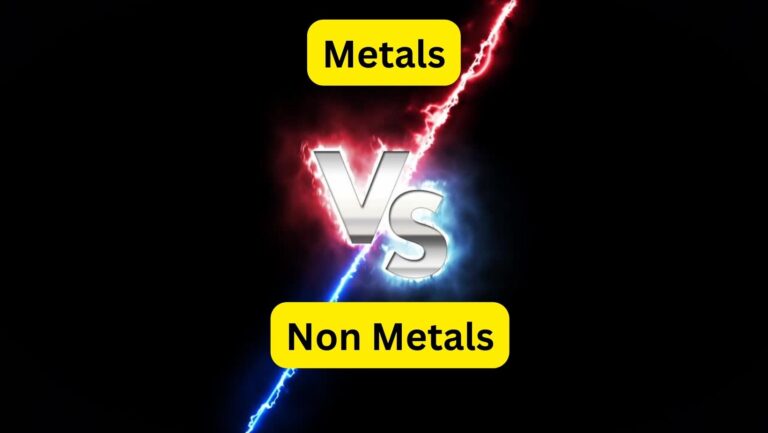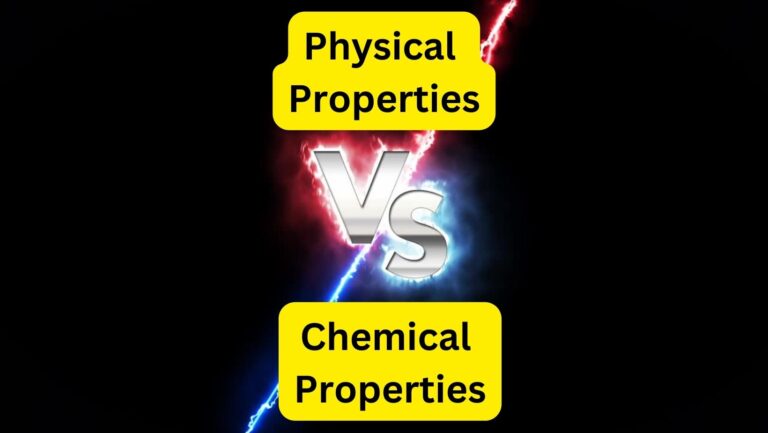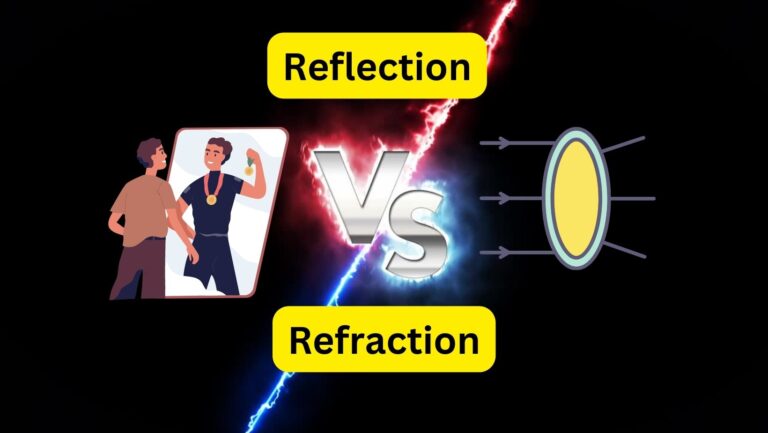
Intensive and extensive properties are the physical properties of matter where the chemical structure remains unchanged. They differ in that the intensive properties are independent of the amount of the substance, while the extensive properties depend on the amount of material.
For example, density is an intensive property because it is the same value regardless of whether we are facing a liter of substance or a drop of the same substance. On the other hand, volume is an extensive property, since a liter and a drop are different amounts of the material.
Difference Between Intensive and Extensive Properties
I know you all want to know what is the difference between intensive and extensive properties, but let’s learn first what are intensive properties and what is extensive?
Intensive Properties
An intensive property is a physical property that allows us to identify a substance regardless of how much substance we possess. The main characteristic of intensive properties is that they have the same value in any part of the system that is measured.
For example, if we measure the temperature of the water in a bottle or in a glass in the same room, it will be the same, even if they are different amounts.
Examples of Intensive Properties
- Density: is the amount of mass found in a given space. It is measured in kilograms per cubic meter kg / m 3. For example, the density of iron is 7800 kg / m 3.
- Temperature: is the measure of the internal energy of a body. It is measured in degrees Celsius, (ºC), degrees Fahrenheit (ºF) or kelvin (K).
- Melting point: is the temperature at which a substance in solid state goes to liquid state, and vice versa. For example, aluminum melts at 660ºC, be it 20 grams or 100 grams of the metal.
- Boiling point: is the temperature at which a substance in a liquid state becomes a gaseous state. For example, alcohol evaporates at 78ºC.
- Specific gravity: is the ratio of the density of a material with respect to the density of water. It is also known as relative density, because it compares how dense something is relative to water. For example, the specific gravity of aluminum is 2.7.
- Conductance: it is the property of materials to describe the ease of conducting electricity. It is measured in Siemens (S).
- Resistivity: it is the property of a material to resist the flow of electricity. It depends on the material, but not on its quantity. It is measured in ohms meter (Ω). For example, the resistivity of copper is lower (1.72 x 10 -8 Ω.m) than wood (10 8 Ω.m), so copper is a better conductor than wood.
- Thermal conductivity: it is the property that a material has to conduct heat. It is measured in watts per kelvin meter (W / mK). For example, the thermal conductivity of lead is lower than that of copper, which means that copper is a better conductor of heat.
- Viscosity: it is a property of fluids that manifests itself as resistance to flow. It is measured in Newton seconds per square meter (Ns / m 2. For example, glycerin has a higher viscosity than water, whether it is a liter of glycerin or a milliliter.
- Specific heat: it is the amount of energy needed to raise the temperature of 1 ° C of a kilogram of a substance. It is measured as Joules per kilogram per degree Celsius, J / (kg ° C). For example, the specific heat of water is 4186 J / (kg ° C) and that of gold is 129 J / (kg ° C).
Extensive Properties
An extensive property is a physical property that helps us describe or characterize a substance that depends on the amount of the material. The main characteristic of an extensive property is that they are additive that is; the values of said property are added.
For example, mass is an extensive property; If we put together a 3 kg block of iron and a 2 kg block, the total mass is 5 kg.
Examples of Extensive Properties
- Mass: is the measure of the amount of matter that an object contains. It is measured in kilograms (kg).
- Volume: is the measure of the amount of space that a body occupies. It is measured in liters (L).
- Length: is the measure of the dimension of an object. It is measured in meters (m).
- Number of molecules: it is the number of molecules that make up a material.
- Heat capacity: it is the amount of energy that is needed to raise the temperature of a substance. It is measured in joules per kelvin (J / k). For example, if a kilogram of a material needs 1000 joules to raise its temperature by one kelvin, 2 kg of the same material will need twice as much as energy.
- Thermal resistance: it is a property of materials that opposes the flow of heat through two surfaces of a wall. For example, a 10 cm wide concrete wall has less thermal resistance than a 50 cm one.
- Electrical resistance: it is the electrical property of materials that prevents the flow of electrical charges. It is extensive because the resistance depends on the size and shape of the material, the longer the material, the greater the resistance. It is measured in ohms (Ω).
- Electric charge: is the property associated with the amount of electricity in a body, determined by the balance of positive protons and negative electrons. It is measured in coulomb (C).
- Entropy: it is a property of the state of a thermodynamic system that depends on the amount of material. It is measured in joules per kelvin (J / K).
- Enthalpy: it is a property of the state of a thermodynamic system that measures the amount of energy in a system. It is expressed in joules (J).






